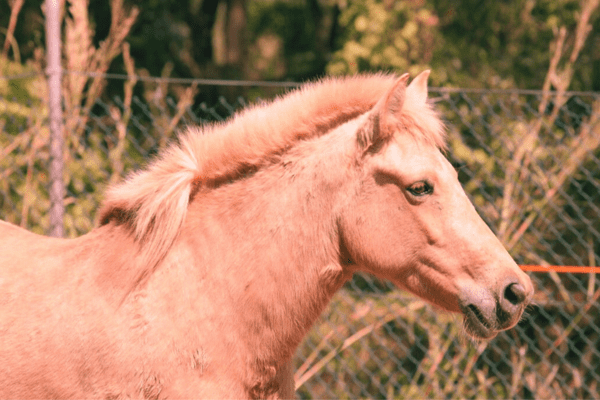The Timor Pony, an equine breed of notable stature and resilience, originates from the rugged landscapes of Timor Island in Indonesia. Recognized as the most diminutive in the Indonesian pony family, this breed is distinguished by its extraordinary endurance and robust nature.
In contemporary settings, the Timor Pony has evolved beyond its traditional roles, emerging as a remarkably efficient workhorse, adept in various equestrian tasks. This transition highlights not only the breed’s versatility but also its enduring significance in the modern equine world.
History:
The Timor Pony has an intriguing past that spans its native island of Timor in Indonesia as well as crossing continents and centuries to become part of diverse cultures and histories around the globe. Here’s an exploration of its heritage.
Origin and Indian Influence:
Timor Ponies have their roots deep within history; many believe they originated as Indian horse breeds brought by ancient trade routes to Timor Island.
Their distinctive characteristics suggest an interesting blend of native adaptation and foreign influence, producing an animal breed well adapted to living on an island environment.
Comparison with Flores Ponies:
Timor Ponies can often be confused with their Flores counterparts; however, their stature and appearance differ significantly.
Flores Ponies hailing from Flores Island tend to stand taller, while Timor Ponies tend to be smaller, agile and feature more vibrant hues.
Journey to Australia:
In the 19th century, many Timor Ponies made their journey across the Pacific to Australia for further study and breeding purposes, opening up a new chapter in their history.
They became foundation stock for various Australian breeds such as the Coffin Bay Pony and Waler Horse, attesting to their genetic versatility.
Roles in Australia:
Timor Ponies were an integral part of Australian exploration and agriculture. Serving as pack horses for explorers and graziers alike, their remarkable endurance made them an indispensable asset.
After the Gold Rush, many horses were released back into the wild, creating a feral population in Northern Australia and further demonstrating their adaptability to different environments.
Preservation Efforts:
Breed’s Lineage and Survival Safeguarded By Australian Pony Stud Book: (ATPSB). This ensures the continuation and preservation of their unique genetic makeup.
Australia holds great historical and equine diversity; horses are seen as symbols of this.
Expanding into New Zealand:
Timor Ponies first arrived in New Zealand as working horses during the 19th and 20th centuries for use on gold fields.
Their journey was also tied into the entertainment history of New Zealand as many came with Australian circus troupes. Unwanted ponies were often released into the wild population here.
Cultural and Historical Significance:
Timor Ponies have proven their versatility over their long history by adapting to diverse roles and environments, from rugged island terrains to gold fields and circus rings.
Their story isn’t just one of survival, but also of flourishing under challenging conditions – making them breeds with great historical, cultural, and equestrian significance.
Physical Characteristics:
Typically standing between 10 to 12 hands high, Timor Ponies are known for their hardy constitution. They exhibit a range of colors, including bay, black, chestnut, and grey. Their compact size belies their strength and endurance, attributes honed by the challenging island environment.
Temperament and Adaptability:
Timor Ponies are well known for their quiet and cooperative disposition, making them suitable for working with children or novice riders. Furthermore, their resilience in harsh conditions with minimal care demonstrates their resourcefulness – qualities which have won over generations of Timorese.

Cultural Impact:
Timorese ponies represent more than livestock; they serve as symbols of social status and heritage, featured prominently at festivals and ceremonies and often sporting colorful attire that represents vibrant local customs.
Conservation and Modern Uses:
Today’s Timor Pony faces many challenges due to modernization and crossbreeding. There are efforts underway to protect their pure lineage and encourage sustainable breeding practices; their adaptability makes them suitable for light agriculture, riding schools, therapeutic riding programs and even light agricultural programs.

